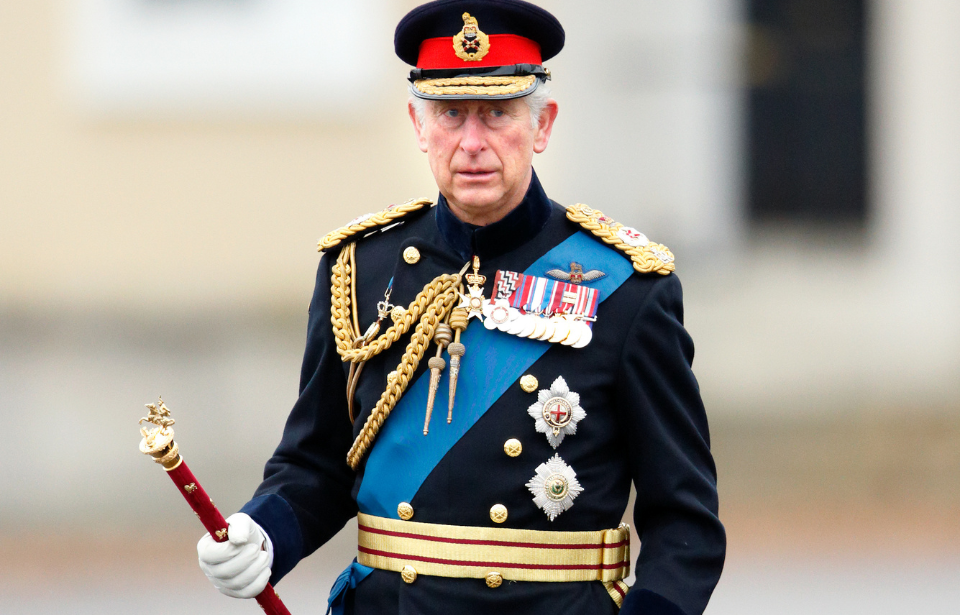Following in the footsteps of his father, grandfather and two great-grandfathers, the current British Monarch served an extensive career in the military. It spanned across the Royal Air Force (RAF), the Royal Navy and the Army – King Charles III even received commando training with the Royal Marines! Despite never being deployed to a combat zone, he certainly had the qualifications to succeed, should he have been sent to one.
King Charles III began his service in the Royal Air Force
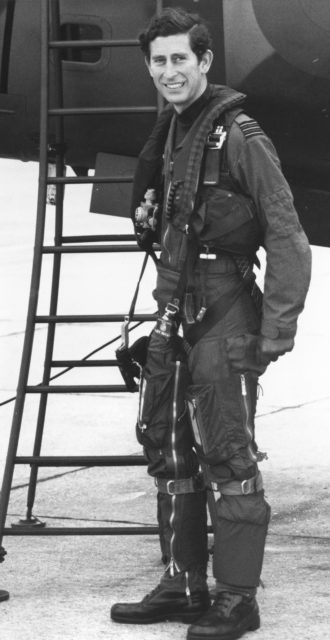
In 1971, during his second year at the University of Cambridge, King Charles III served a four-month stint with the Royal Air Force. During this time, he trained as a pilot in Cranwell, Lincolnshire. On March 8 of that year, he flew to RAF Cranwell in a de Havilland Canada DHC-1 Chipmunk as part of the Cambridge University Air Squadron.
On July 29, Charles III made his first parachute drop from a Hawker Siddeley HS 780 Andover. Leaping from the military transport aircraft, he landed in Studland Bay, in Dorset. After attending the passing out parade at Cranwell, he switched trajectories and moved onto his career with the Royal Navy.
Making the move to the Royal Navy
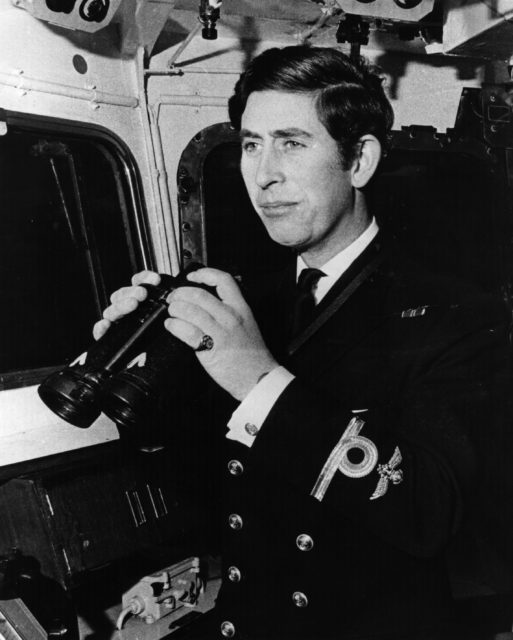
After his training with the RAF, King Charles III attended a six-week course at the Britannia Royal Naval College (BRNC) Dartmouth. Following his naval education, he provided several years of service. From 1971-72, he served on the guided-missile destroyer HMS Norfolk (78), before acting as the sub-lieutenant onboard the HMS Minerva (F45) between 1972-73. He followed this up with a stint onboard the HMS Jupiter (F60).
After finishing his time as a surface officer, Charles III returned to the air as a qualified helicopter pilot at Royal Naval Air Station (RNAS) Yeovilton. He then joined the 845 Naval Air Squadron onboard the HMS Hermes (R12), before taking command of the coastal minesweeper HMS Bronington (M1115) in 1976, serving for 10 months.
King Charles III… Commando?
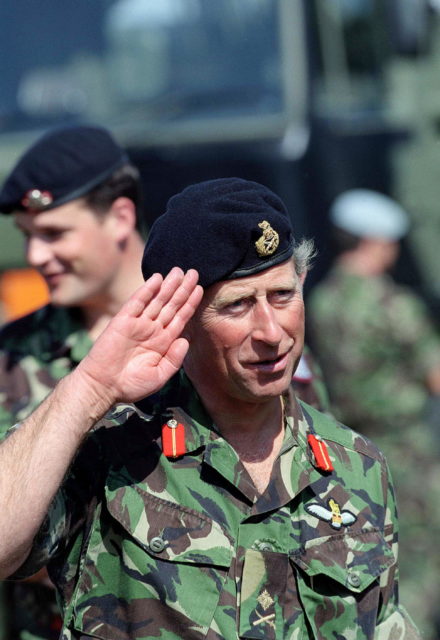
In 1974, King Charles III took up additional training with the Royal Marines. He attended the 13-week All Arms Commando Course (AACC) at the Commando Training Centre Royal Marines (CTCRM) Lympstone, which features amphibious assault, cliff assault and helicopter drills. It’s extremely taxing on the body and mind, and requires a four-week preparatory course before a recruit can partake in it.
At the end of the AACC, there is a week-long final exercise known as “Test Week.” Charles successfully completed this and, after graduating, earned the right to wear the coveted green beret and the Commando Dagger on his military uniform.
From commando to parachutist
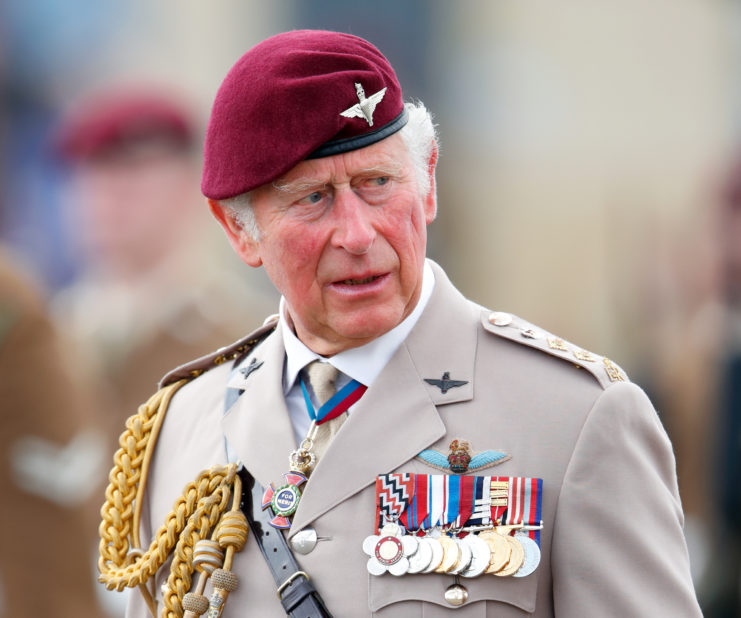
After completing commando training, King Charles III was appointed as colonel-in-chief of the British Army’s Parachute Regiment. However, at this point, he hadn’t completed enough education and training to be considered a qualified parachutist.
He felt he couldn’t look his soldiers in the eye, nor wear the red beret or Para Wings, unless he completed the necessary training. “I felt I should lead from the front or at least be able to do some of the things one expects others to for the country,” he later recounted. This led him to attend the Parachute Course 841a at RAF Brize Norton, and throughout the years he’s remained in good relation with the Paras, attending the medal parade in 2011 and the presentation of new Colours in 2021.
More from us: Queen Elizabeth II Met a Number of World Leaders During Her Reign
King Charles III has been promoted to the rank of admiral in the Royal Navy, General in the Army and Air Chief Marshal in the RAF. Although his medals aren’t for active service in combat, he is still highly decorated for serving at a particular time or place, being a member of high-ranking order and through receiving medals from other countries.
As King of England, he now serves as the head of the British Armed Forces.
